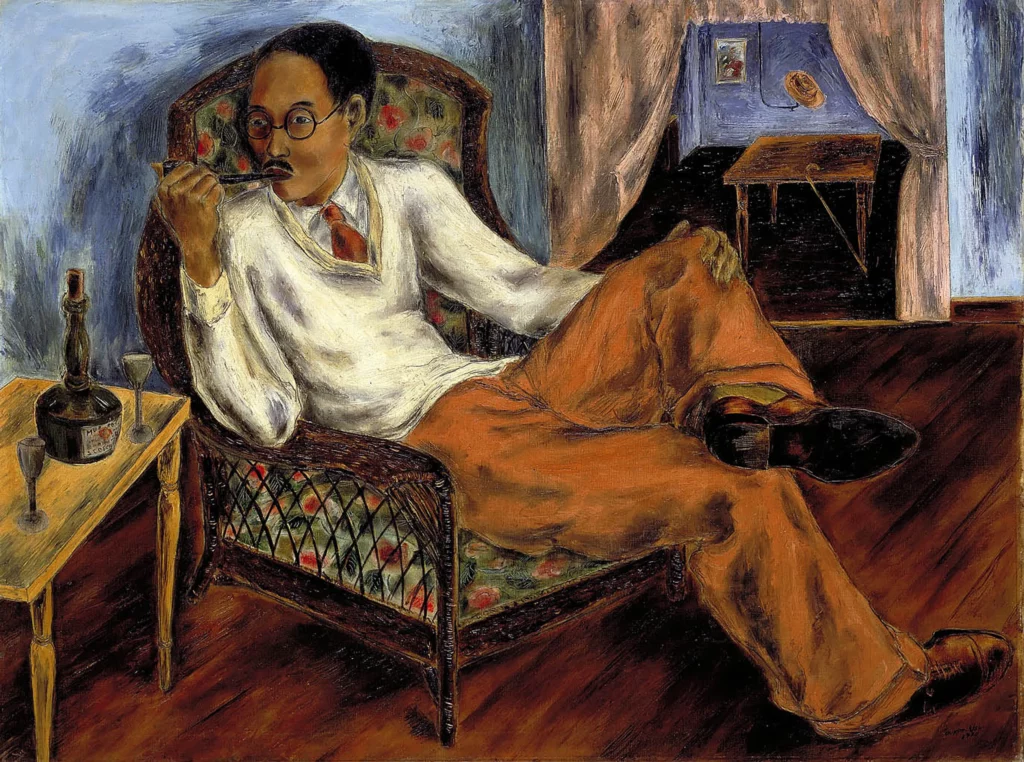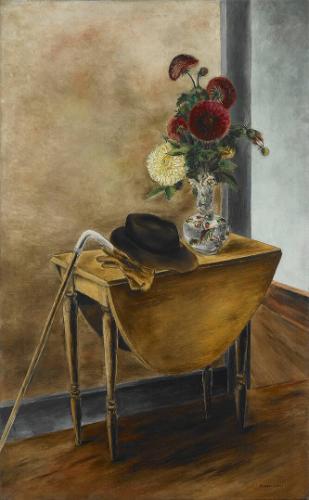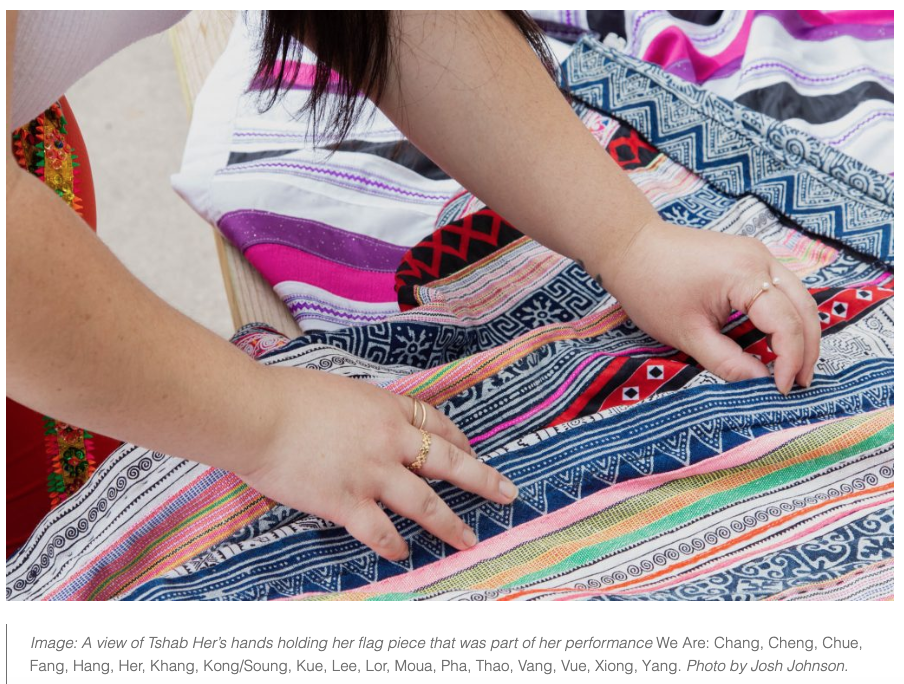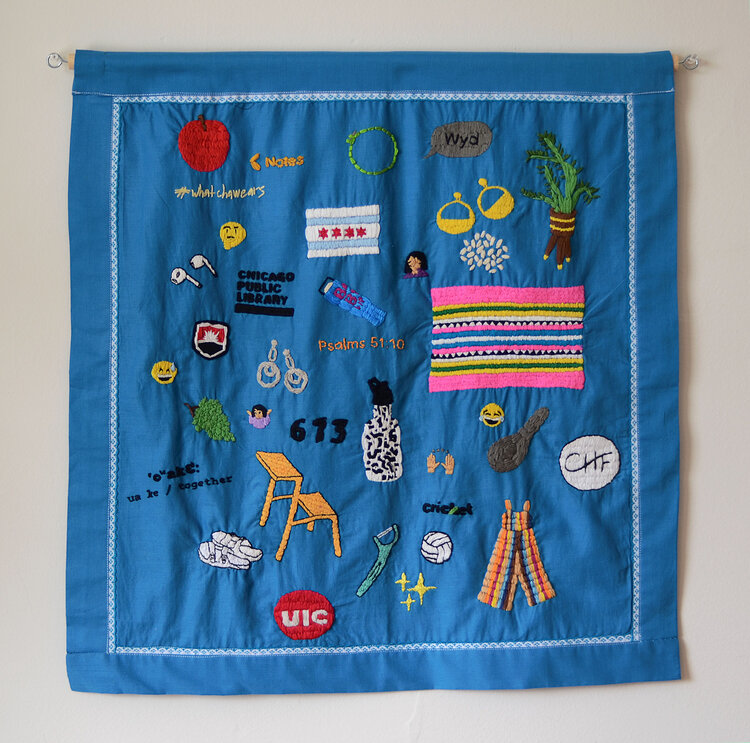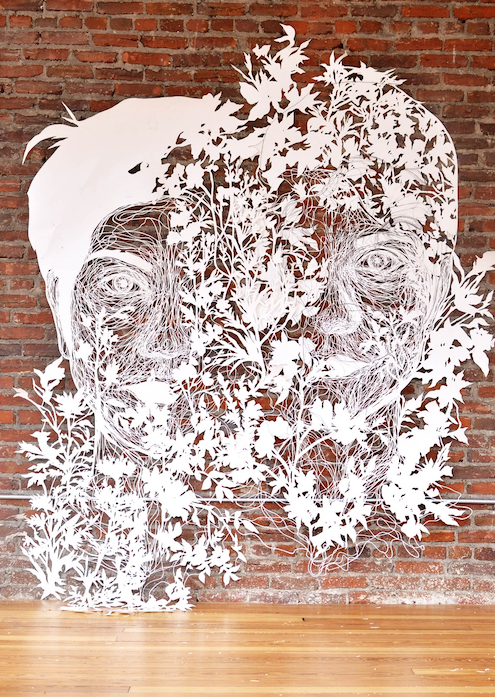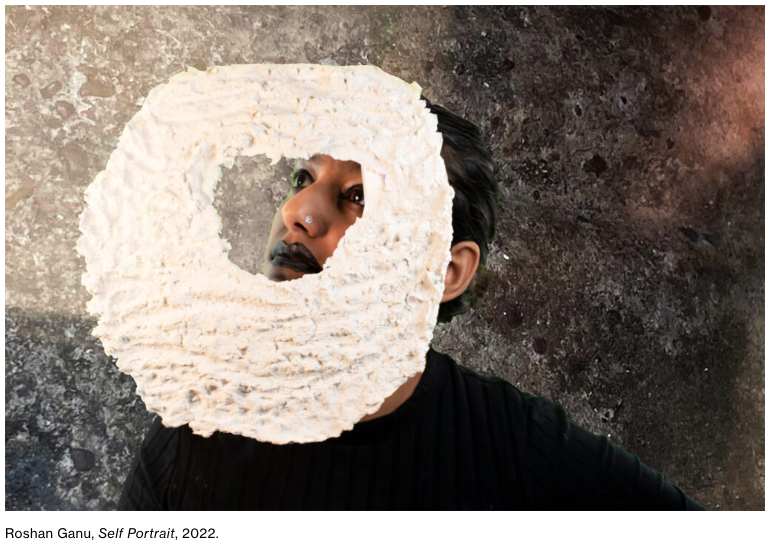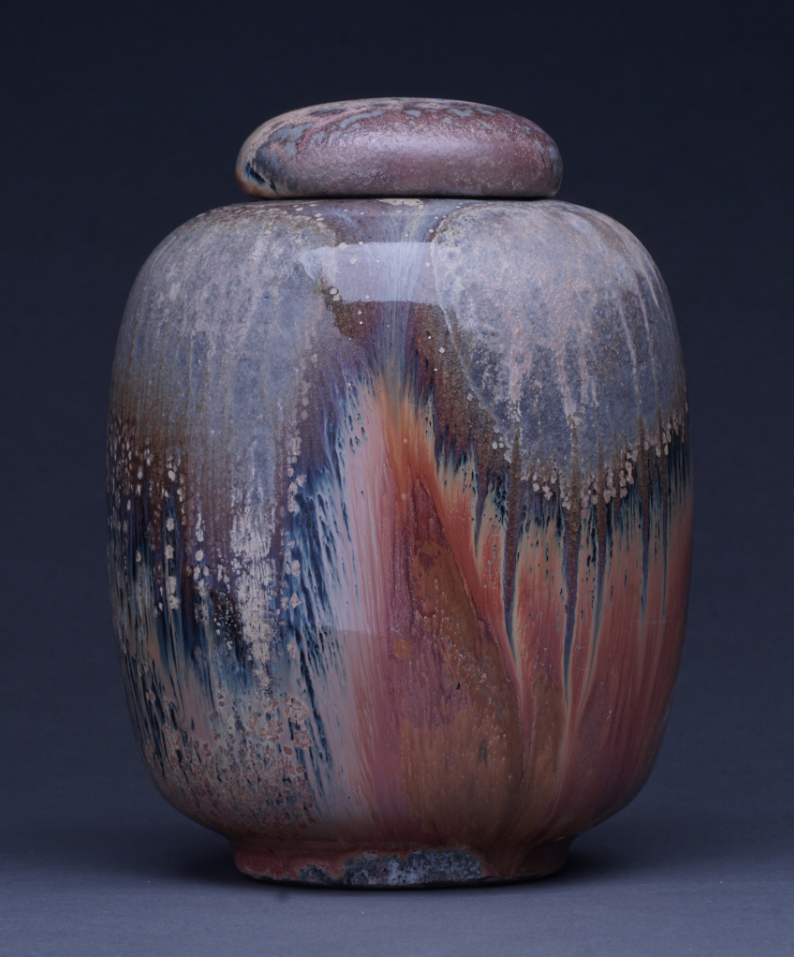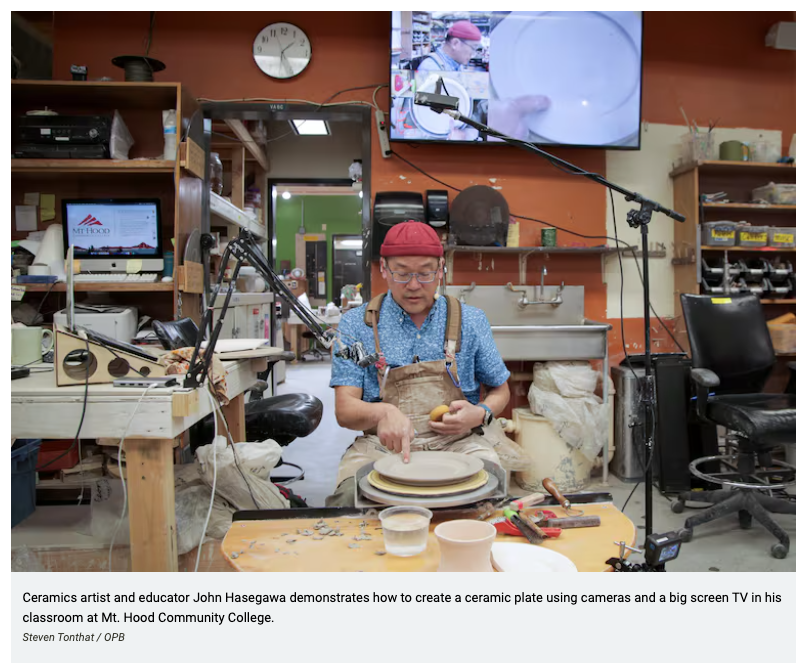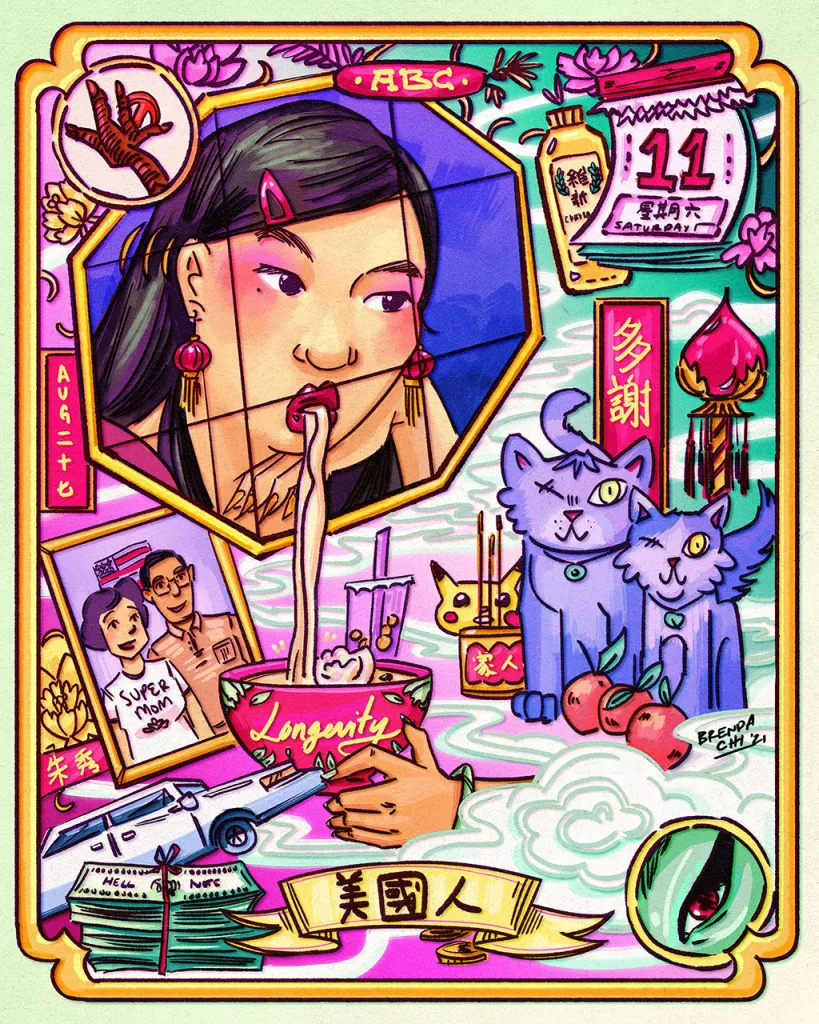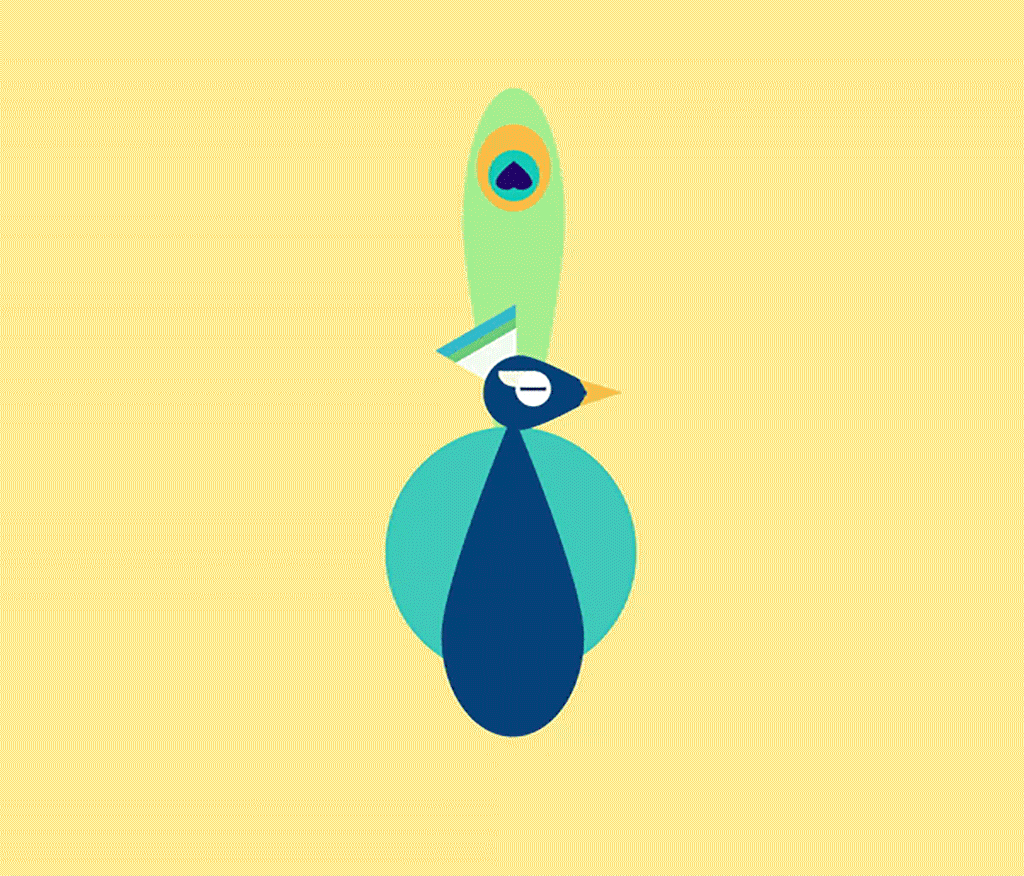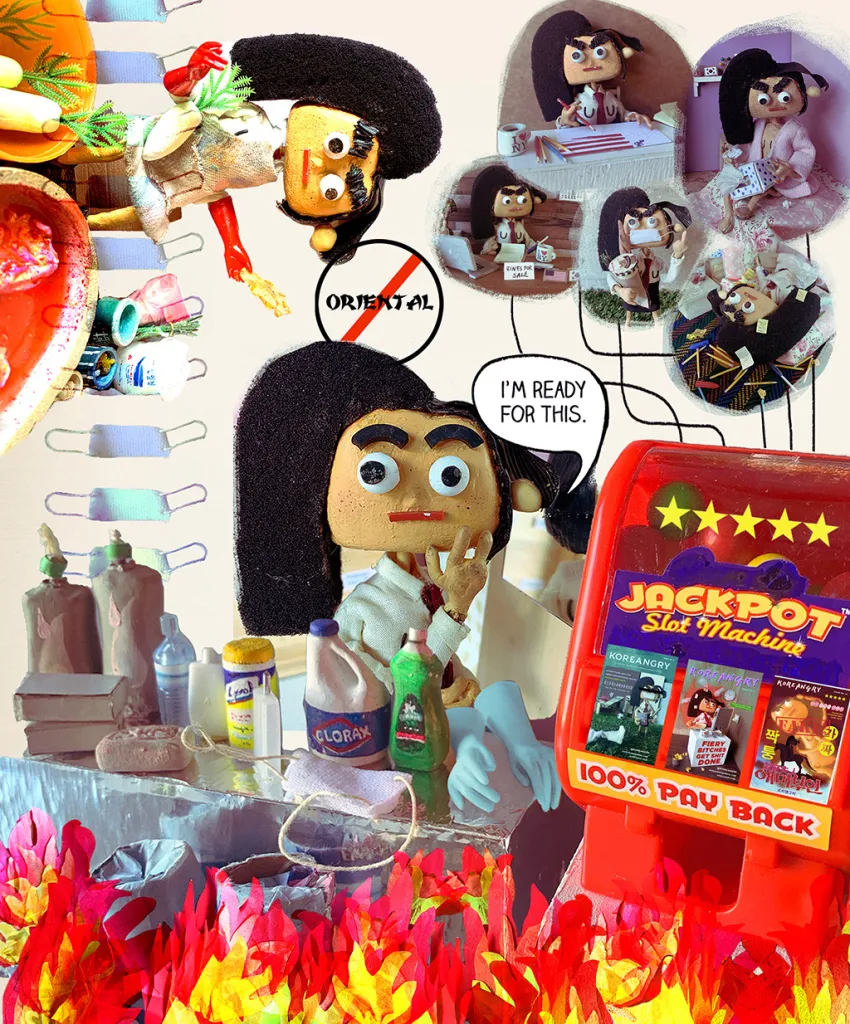Their collaborative spirit shines through in their work, as they often create performances and rituals alongside other disabled BIPOC creators, fostering spaces of belonging and empowerment. From curating poetry folios to crafting grief transformation portals, Leah’s contributions to the disability community are multifaceted and deeply resonant. Their commitment to storytelling as a means of resistance and healing, coupled with their dedication to centering marginalized voices, makes Leah a vital force in the ongoing pursuit of justice and liberation for all.
“my body is 40 miles of bad road”- working class krip saying
you mean well, but
when I say I hurt when I say some part of
my body hurts and you say oh, did you do something?
I hear what did you do? As is, it’s your fault,
there’s cause and effect and there’s a simple
story, and if a + b = c we can fix it
fast.
But there’s no simple story in this body.
She falls apart whenever she feels like it,
which is often. She doesn’t feel like going to
work or up and down three flights of stairs, and she’ll tell you all about it.
She can smell the weather.
She got a lot of stories
and just like her mama did at slam church two decades ago,
she spits them out my kneecap like a gun with chaotic
yet accurate aim.
She is forty miles of perfect bad road
all bumps and potholes that could take out your wheel.
You gotta know how to drive it.
You gotta not be too worried about breaking your car
(because she’s already broke too)
I mean, I could tell you, everything happened! I could tell you my mama
molested me, I could tell you hers did too,
I could tell you we had to walk a long long way and get on a boat,
I could tell you I moved to brooklyn for love but there’s a lot of stairs here too
I could read you the particulate matter of the air, that they’re spraying for pesticides today
that I ran out of the fish oil that greases my knee into smoothing,
and I don’t know if the CVS sells it here
– but does anyone want to hear all that?
The staying chant
the recitation
of everything that’s happening in my body, and their body,
and the park’s body, and on the subway huffing diesel and cigarettes
When you say it’s just pain for no reason all the time, fibro, right?
I say, close but no cigar!
I say I intimate with pain tides
This ground not steady! Why would it be?
As soon as I figure it out she flips me the bird
shapeshift hip transforms and says fuck you, you figure it out
Sometimes the place where my mama threw me into the wall
at three and broke my sacrum talks to me,
locks all my earth into cement.
Some days I don’t know what day it is.
Some days my ass leaks tidal marsh, briny river
Some times everything everything
everything every thing
hurts
like a church bell
like a call to prayer
and it calls me to pray
this pain
breathing into any place that doesn’t hurt
some of which only exists in my revolutionary imagination.
Sometimes you have to talk quiet.
Sometimes I can’t talk at all.
Of course you don’t believe that, but I feel the need to declare:
my life is worth living anyway
I love every jounce on this bad, bad
underfunded budget cut frost heave road
not everyone’s car can make it down;
you gotta know
how to drive it
I love every car that just gave up in the mountain pass
every hubcap that fell off
every- yes- road not on any map
every rock and resisting
every reason this happened
every reason this body
is reason enough
for being.
LEAH LAKSHMI PIEPZNA-SAMARASINHA
